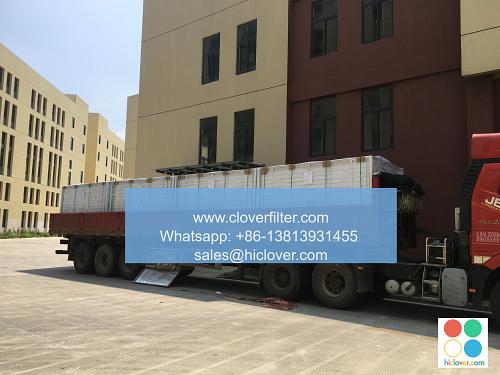The Science Behind Air Filters: How They Work and Why They’re Essential

Air filters are a crucial component in maintaining indoor air quality and air purification systems. They work by removing airborne particulate matter, pollutants, and allergens from the air, improving the overall air quality and health of occupants. In this article, we’ll delve into the science behind air filters, exploring how they work, their importance, and various application areas.
##
How Air Filters Work
Air filters operate on the principle of mechanical filtration, using a physical barrier to capture airborne particles. The filter medium, typically made of fibers or membranes, is designed to trap particles as small as 0.3 microns. As air passes through the filter, the particles are caught in the filter media, preventing them from entering the air stream. The efficiency of an air filter is measured by its Minimum Efficiency Reporting Value (MERV) rating, which indicates the filter’s ability to capture particles of different sizes.
##
Types of Air Filters
There are several types of air filters, each with its unique characteristics and applications. Some common types include:
* HEPA (High Efficiency Particulate Air) filters: These filters are designed to capture 99.97% of particles as small as 0.3 microns and are commonly used in hospitals, clean rooms, and industrial settings.
* Activated carbon filters: These filters use activated carbon to capture gases and odors, making them ideal for air purification systems in homes and offices.
* UV air filters: These filters use ultraviolet light to kill bacteria and viruses, providing an additional layer of protection against airborne pathogens.
##
Application Areas
Air filters have a wide range of applications in various industries, including:
* Indoor air quality control: Air filters are essential in maintaining healthy indoor environments and preventing the spread of airborne diseases.
* Industrial air purification: Air filters are used in manufacturing facilities to remove hazardous particles and gases from the air.
* Medical facilities: Air filters are critical in hospitals and healthcare settings to prevent the spread of infections and airborne pathogens.
* Transportation: Air filters are used in vehicles to improve in-cabin air quality and reduce pollutant exposure.
##
Benefits of Air Filters
The benefits of air filters are numerous, including:
* Improved indoor air quality
* Reduced risk of airborne diseases
* Increased energy efficiency
* Extended equipment life
* Enhanced occupant health and productivity
##
Conclusion
In conclusion, air filters are a vital component in maintaining good indoor air quality and air purification systems. By understanding the science behind air filters and their various application areas, we can appreciate the importance of these devices in protecting our health and well-being. Whether it’s in homes, offices, or industrial settings, air filters play a crucial role in removing particulate matter, pollutants, and allergens from the air, making them an essential tool in maintaining a healthy and comfortable indoor environment. It seems like you didn’t include a question or topic for me to address. Could you please provide more details or clarify what you would like to discuss? I’m here to help with any questions or topics you’d like to explore.

